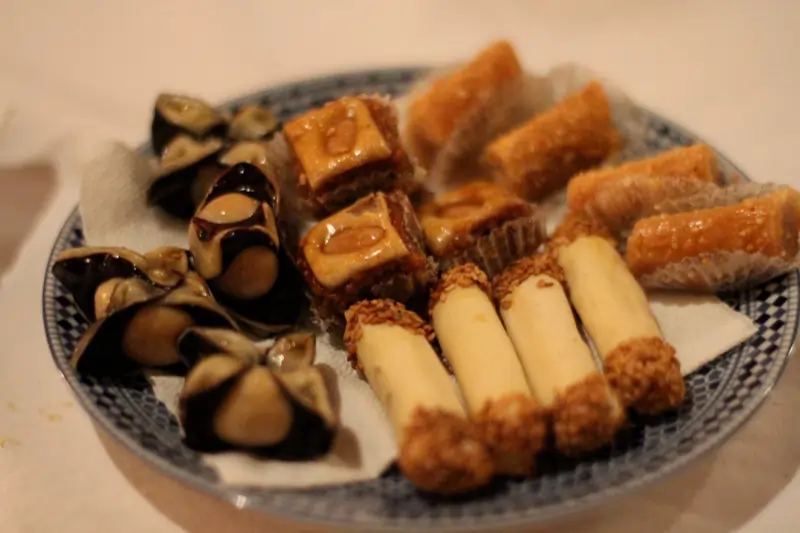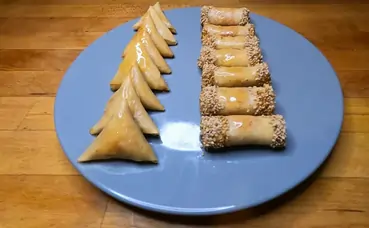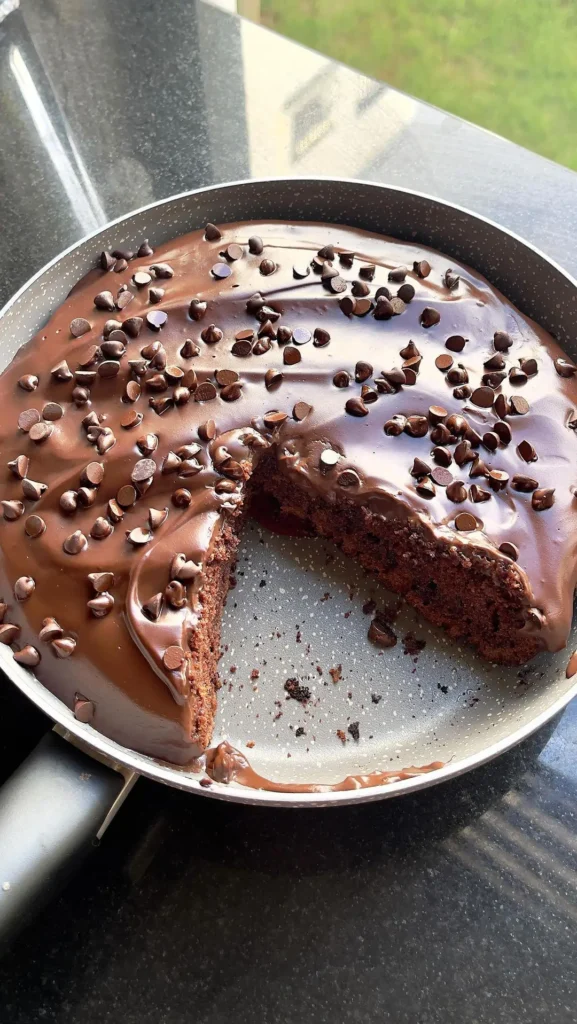Moroccan pastries are more than just sweet treats they are a reflection of Morocco’s rich culinary heritage and cultural traditions. Each delicate pastry carries a story, with its intricate balance of flavors and use of fragrant ingredients like orange blossom water, honey, and almonds. These desserts are often the centerpiece of special occasions and gatherings, where they bring people together and celebrate Moroccan hospitality. Among these beloved sweets, one stands out: Briwat. In this article, we’ll explore what makes Briwat so special and how you can recreate this iconic treat in your own kitchen.
Table of Contents
why Moroccan pastries Hits different?

Moroccan pastries are distinguished by their robust flavors, distinctive ingredients, and cultural importance. They provide a sensory experience that is intricately connected to the diverse culinary heritage of Morocco.
Rich and Varied Flavors
Moroccan cuisine is known for its rich and varied flavors, which extend to its pastries. The use of spices like cinnamon, anise, and saffron, along with ingredients such as almonds, honey, and orange blossom water, creates a complex flavor profile that is both exotic and comforting . This combination of sweet and savory elements makes Moroccan pastries unique and memorable.
Unique Ingredients
The ingredients used in Moroccan pastries are often distinct from those found in other types of pastries. For example, the use of almond paste, dates, and figs adds a natural sweetness and texture that is different from the more common use of sugar and butter in Western pastries. Additionally, the incorporation of rosewater and orange blossom water provides a fragrant aroma that enhances the overall sensory experience.
Cultural Significance
Moroccan pastries are not just about taste; they also carry cultural significance. Many of these pastries are associated with specific celebrations and rituals, making them an integral part of Moroccan social and cultural life. For instance, pastries like “Pastilla” are often served at weddings and special occasions, adding to their allure and emotional connection.
Attention to Detail
The preparation of Moroccan pastries involves a high level of craftsmanship and attention to detail. Traditional methods are often used to ensure that each pastry is made to perfection. This dedication to quality and authenticity is evident in the final product, which is both visually appealing and delicious.
why you should try Moroccan Pastries?
Variety of Options
Moroccan cuisine offers a wide variety of pastries to suit different tastes. From sweet treats like chebakia (sesame cookies coated in honey) to savory options like msemen (a type of flatbread), there is something for everyone. Some popular Moroccan pastries include gazelle horns (crescent-shaped cookies filled with almond paste) and briouats (filo dough stuffed with meat or cheese) . This variety ensures that you can find something you enjoy, whether you have a sweet tooth or prefer savory snacks.
Quality and Affordability
Many Moroccan pastries are made with high-quality, locally sourced ingredients, which contribute to their exceptional taste. Additionally, they are often more affordable than pastries from European brands. For example, Patisserie Gaza in Marrakech offers high-quality Moroccan pastries at a fraction of the price of French brands . This makes Moroccan pastries a great option for those who want to enjoy delicious treats without breaking the bank.
What is Briwat ?

Briwat, also known as briouat, is a traditional Moroccan pastry that can be either sweet or savory. These small, triangular pastries are typically filled with a variety of ingredients and then fried to achieve a crispy texture. They are often served as appetizers, snacks, or desserts.
ingredient
- Almonds (Amande): 500 g
- Powdered Sugar (Sucre en poudre): 250 g
- Gum Arabic (Gomme): 0.25 tsp
- Orange Blossom Water (Eau de fleur d’oranger): 0.5 glass
- Ground Cinnamon (Cannelle en poudre): 1 tsp
- Oil for Frying (Huile pour friture): As needed
- Egg (Œuf): 1Melted Butter
- (Beurre fondu): 2 tbsp
- Honey (Miel): As needed
instruction
- Prepare the Almonds
- Blanch the almonds, dry them thoroughly, and fry them in oil until golden.
- Cool and Combine
- Let the almonds cool, then mix them with the powdered sugar.
- Grind the Mixture
- Grind the fried almonds and sugar in a food processor until smooth.
- Add Flavor
- Mix in the gum arabic, beaten egg, ground cinnamon, and orange blossom water.
- Form the Dough
- Knead the mixture well until you achieve a thick, smooth paste.
- Shape the Filling
- Roll the almond paste into small balls, roughly the size of cherries.
- Prepare the Pastry Sheets
- Cut pastilla sheets into rectangles measuring approximately 10 cm x 20 cm.
- Assemble the Briwat
- Place a pastry rectangle on a flat surface and position an almond paste ball at one end.
- Fold into Triangles
- Fold or roll the pastry around the filling to form a triangle shape.
- Seal the Edges
- Seal the edges with beaten egg yolk, ensuring the filling is securely enclosed.
- Repeat
- Continue until all the filling is used.
- Fry and Coat with Honey
- Fry the briwats until golden brown, then dip them while still hot into warm honey. Allow them to drain and cool before serving.
Where to buy ingredients for briwat in the U.S.
1. Almonds (Amandes)
- Where to Buy: Any grocery store like Walmart, Trader Joe’s, or Costco. For raw almonds, check Whole Foods or online at Amazon.
2. Powdered Sugar (Sucre en Poudre)
- Where to Buy: Available at most supermarkets (Target, Kroger) or online retailers like Instacart and Amazon.
3. Gum Arabic (Gomme)
- Where to Buy: Specialty Middle Eastern or African stores, or online retailers like Amazon, Nuts.com, or Spice House.
4. Orange Blossom Water (Eau de Fleur d’Oranger)
- Where to Buy: Middle Eastern grocery stores, Whole Foods, or online at Amazon or specialty stores like Ziyad or Al-Amir.
5. Ground Cinnamon (Cannelle en Poudre)
- Where to Buy: Available everywhere, including local grocery stores, Costco, and online on platforms like Amazon.
6. Pastry Sheets (Feuilles de Pastilla)
- Where to Buy: Middle Eastern or Mediterranean grocery stores. If unavailable, substitute with phyllo dough, which is widely sold at most supermarkets.
7. Honey (Miel)
- Where to Buy: Widely available at any grocery store. For premium options, check farmers’ markets, Whole Foods, or brands like Nature Nate’s and Manuka Honey.
8. Oil for Frying (Huile pour Friture)
- Where to Buy: Vegetable, canola, or sunflower oil can be found at any local store like Walmart or Costco.
9. Eggs (Œufs)
- Where to Buy: Any supermarket, farmers’ market, or convenience store.
10. Butter (Beurre)
- Where to Buy: Available at all grocery stores. Choose unsalted butter for better flavor balance.





 Based on 1 Review(s)
Based on 1 Review(s)


